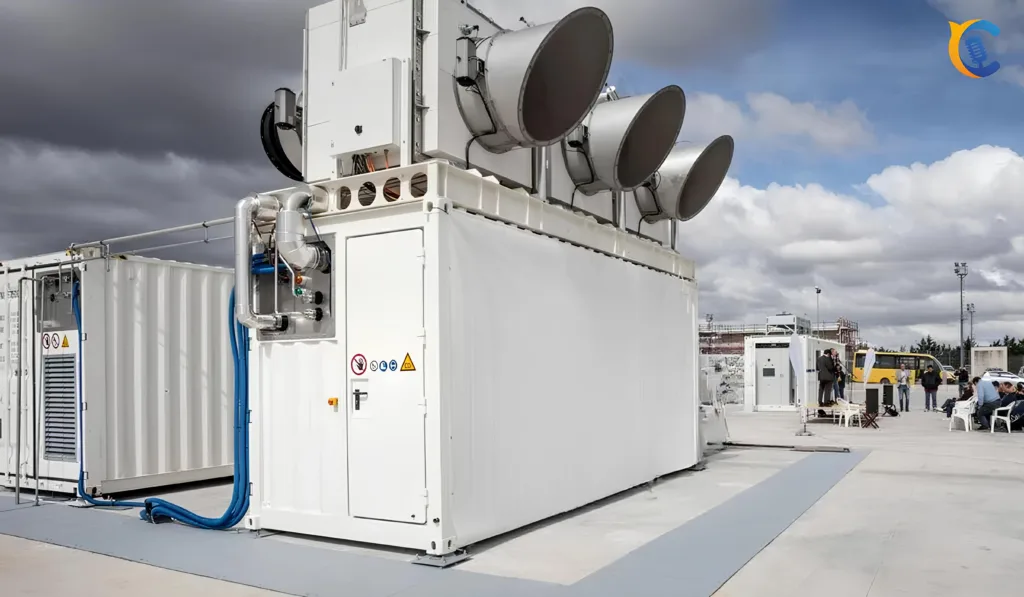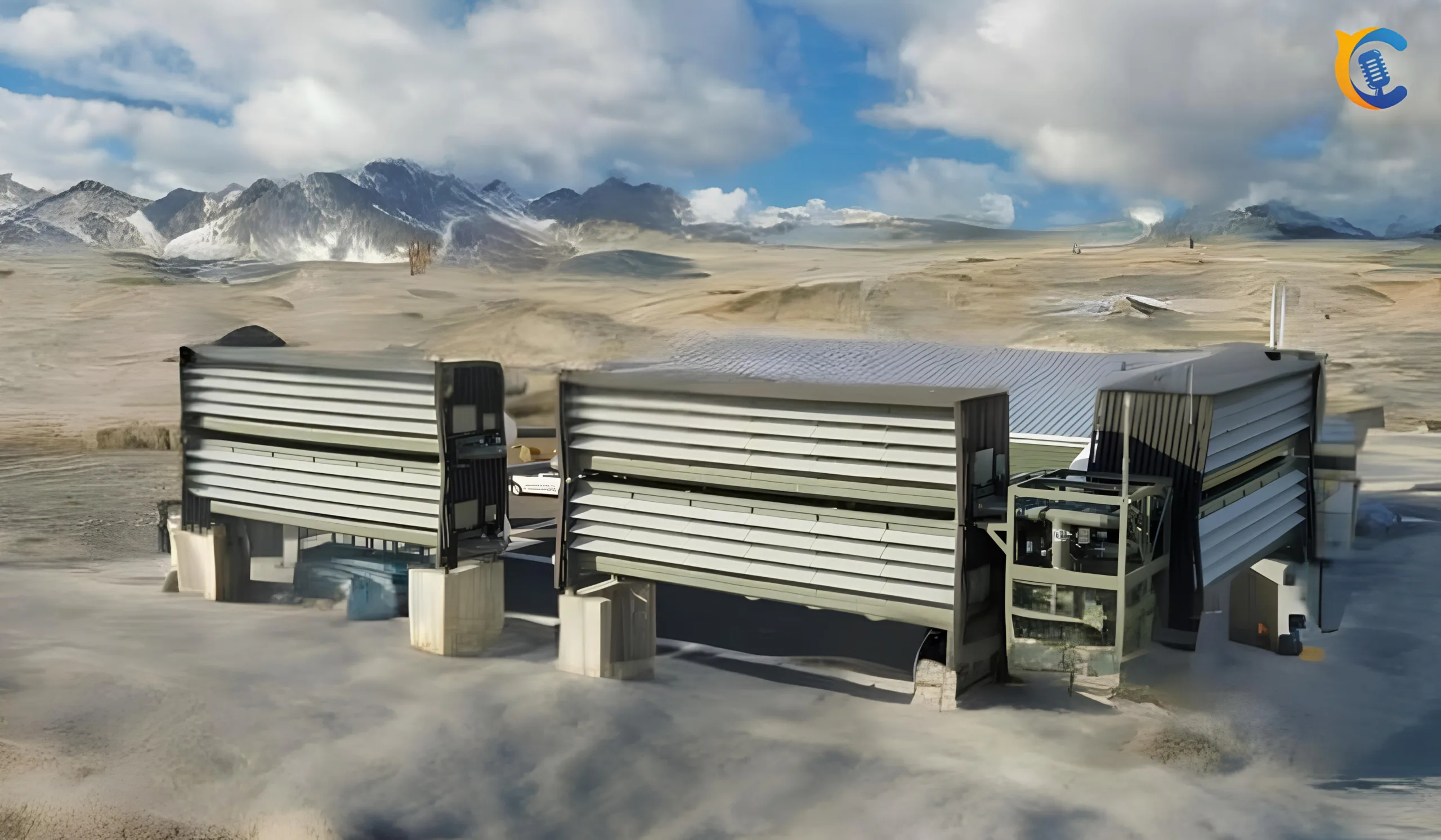U.S. Department of Energy Commits $1.2 Billion to Establish Massive Carbon-Sucking Facilities in Texas and Louisiana for Direct Air Capture

Table of Contents
Facilities in Texas and Louisiana for Direct Air Capture
In order to remove carbon from the atmosphere, the US Department of Energy announced on Friday that it will spend up to $1.2 billion (€1.1 billion) on two Direct Air Capture (DAC) facilities in Texas and Louisiana.
Up to a million tons of carbon dioxide per year might be removed from each site using carbon-sucking vacuums. This is equivalent to 445,000 gas-powered cars’ yearly emissions.
The escalating effects of climate change cannot be reversed by merely reducing carbon emissions, according to Energy Secretary Jennifer Granholm.
Additionally, the CO2 that we have already released into the atmosphere needs to be removed.

DAC technology: what is it?
Chemical reactions are used in Direct Air Capture (DAC), often referred to as Carbon Dioxide Removal (CDR), to remove CO2 from the atmosphere.
After that, carbon dioxide can be utilized to make concrete, aviation fuel, or underground storage.
Only a few direct air capture machines are now in use worldwide, and the technology is still in its infancy.
But for the technology to spread at the rate necessary to have an impact on the globe, it must rapidly become far less expensive.

According to Granholm, “if we scale this up, this technology can help us make significant progress toward our net-zero emissions goals while we’re still focused on scaling up more clean energy at the same time.”
The direct removal of carbon dioxide from the atmosphere is one of the necessary measures, according to the International Panel on Climate Change (IPCC) of the United Nations.
The largest carbon capture facility in the world
Which contractors are they?
The US non-profit organization Battelle is in charge of Project Cypress in Louisiana. It will collaborate with Heirloom Carbon Technology, another American business, as well as Climeworks, a Swiss company that already runs a DAC facility in Iceland.

According to Jan Wurzbacher, director and creator of Climework, “I would wish to have my first capture in 2025 or 2026, but it depends on a number of factors.”
Heirloom CEO Shashank Samala recalled that “just two years ago, we were in a petri dish, removing grams of CO2 from the air.”
“I think a billion tons a year is definitely, definitely achievable if we continue this pace of exponential growth every year.”
The American business Occidental and its collaborators, notably Carbon Engineering, will be in charge of the Texas project. According to Occidental, it might be developed to remove up to 30 million tons of CO2 annually.
- Arsenal team formation 2023: A Comprehensive Overview 2023
- Greece’s Epic Fight Against Devastating Wildfires
- NASA Shares First Images of US Pollution
- AIRCRAFT CRASHES IN AUSTRALIA’S NORTHERN TERRITORY DURING US MILITARY TRAINING EXERCISE
- Further Insights into the Top 20 US Cities with Highest Internet Usage


































